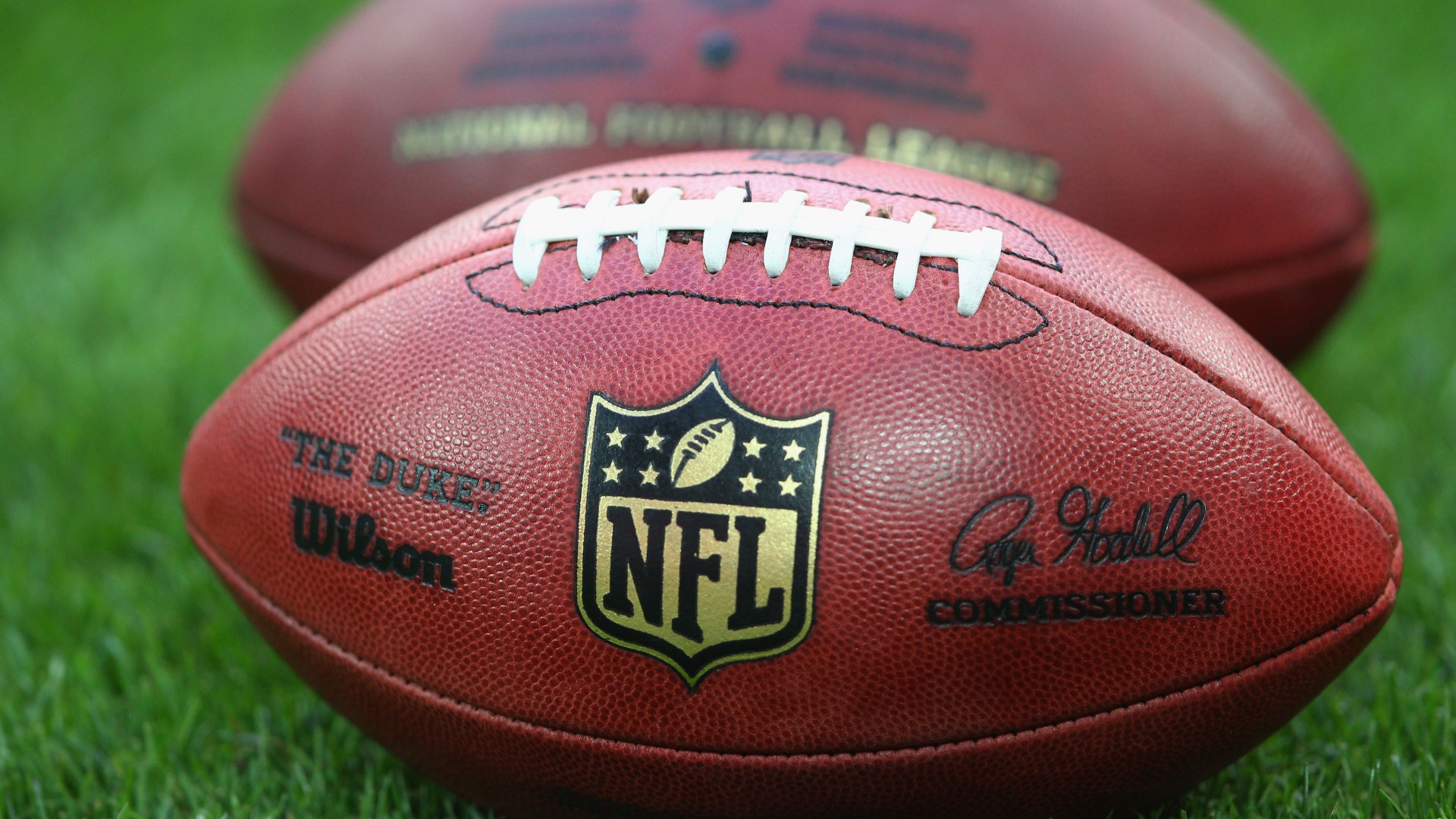
The Rhythmic Pursuit: Unpacking Football Training Frequency and Its Statistical Implications
Football, or soccer as it’s known in some parts of the world, is a sport of relentless motion, intricate skill, and strategic brilliance. Behind every dazzling dribble, every pinpoint pass, and every thunderous shot lies a foundation of rigorous training. But what constitutes optimal training? Is it merely about putting in endless hours, or is there a scientific sweet spot for frequency that maximizes performance while minimizing risk? This article delves into the multifaceted world of football training frequency, examining the statistical realities, physiological principles, and practical considerations that govern how often players should lace up their boots.
The Science of Adaptation: Why Frequency Matters
At its core, training frequency in football is dictated by the body’s capacity for adaptation. The principle of "supercompensation" dictates that after a training stimulus, the body recovers and then adapts to a higher level of fitness, preparing for the next challenge. However, this adaptation requires the right balance: too little frequency, and the stimulus isn’t enough to provoke significant change; too much, and the body never fully recovers, leading to fatigue and potential injury.
From a physiological standpoint, consistent, well-timed training sessions promote:
- Neuromuscular Adaptations: Frequent exposure to football-specific movements (sprinting, changing direction, kicking) enhances neural pathways, leading to faster reaction times, improved coordination, and more efficient muscle recruitment.
- Cardiovascular Endurance: Regular high-intensity intervals and sustained aerobic work improve VO2 max, lactate threshold, and overall stamina, crucial for maintaining performance over 90 minutes.
- Musculoskeletal Strength and Resilience: Targeted strength and conditioning sessions, incorporated frequently, build stronger muscles, tendons, and ligaments, enhancing power and reducing injury susceptibility.
- Technical Skill Refinement: Repetition is the mother of skill. Frequent practice of passing, dribbling, shooting, and first touch leads to automaticity and precision under pressure.
- Tactical Understanding: Regular tactical drills and game simulations foster better decision-making, spatial awareness, and understanding of team dynamics.
The "stats" here aren’t just raw numbers but the measurable improvements in these areas directly correlated with appropriate training frequency. A player training inconsistently will show stagnation or decline in these metrics compared to one adhering to a well-structured, frequent regimen.
Training Frequency Across Different Levels of Football
The optimal training frequency is not a one-size-fits-all answer; it varies significantly based on a player’s age, skill level, ambition, and the resources available to them.
1. Professional Football: The Daily Grind
For elite professional footballers, training is a full-time job, often exceeding 20-25 hours per week of structured activity, excluding match days. The frequency is exceptionally high, typically 5-6 days a week, often with multiple sessions per day.
A typical professional weekly schedule (excluding a weekend match) might look like this:
- Monday (Post-Match): Active recovery (light cycling, stretching, foam rolling), individual physiotherapy, tactical debrief. (1-2 hours)
- Tuesday: High-intensity tactical work, small-sided games, specific positional drills. (2-3 hours pitch time + gym session)
- Wednesday: Medium-intensity technical work, passing drills, shooting practice, tactical walkthroughs. (2-3 hours pitch time)
- Thursday: Pre-match preparation, set-piece practice, light tactical drills, team meeting. (1.5-2 hours pitch time)
- Friday: Very light activation, travel for away games, final tactical briefing. (1 hour)
- Saturday/Sunday: Match Day.
- Sunday/Monday (Pre-Match Day): Rest day or very light active recovery if next match is mid-week.
This high frequency is manageable due to:
- Integrated Support Systems: Access to dedicated sports scientists, nutritionists, physiotherapists, and strength & conditioning coaches who meticulously monitor load, recovery, and individual needs.
- Optimized Recovery: Professional players have access to top-tier recovery facilities (cold baths, massage, hyperbaric chambers) and stringent nutritional plans. Sleep is also highly prioritized.
- Periodization: Training is meticulously planned in cycles (macro, meso, micro) to ensure peak performance during competition phases and adequate recovery during off-seasons. Load is strategically manipulated, meaning not every session is maximal intensity.
The "stats" here relate to the volume of high-speed running, total distance covered, number of accelerations/decelerations, and heart rate data collected via GPS and heart rate monitors during these frequent sessions, all contributing to performance metrics on match day.
2. Semi-Professional & Academy Football: The Balancing Act
Semi-professional players often juggle football with full-time or part-time employment, while academy players are typically in full-time education. Their training frequency is therefore slightly reduced but still significant.
- Semi-Professional: Typically 3-4 pitch sessions per week + a match. Many will also incorporate 1-2 gym sessions independently. Total structured training time might be 8-15 hours per week. The challenge is often optimizing recovery around work commitments.
- Academy (U16-U19): Often 4-5 pitch sessions per week + a match, plus 2-3 structured gym sessions. This replicates the professional environment more closely, preparing them for the demands of senior football. Younger academy players (U11-U15) might train 3-4 times a week, focusing more on technical skill acquisition and multi-sport participation to prevent early burnout.
For these levels, frequency must be balanced with life commitments. Overtraining symptoms can manifest more quickly without the same recovery resources as professionals. Data tracking becomes crucial to manage load effectively.
3. Amateur & Youth Grassroots Football: Passion-Driven Practice
At the amateur and grassroots youth levels, training frequency is highly variable, driven by passion, availability, and coaching resources.
- Adult Amateur: Typically 1-2 pitch sessions per week + a match. Many recreational players might just play a weekly match without formal training. Independent gym work is less common but beneficial.
- Youth Grassroots (U6-U10): Often 1 pitch session per week + a match/friendly game. The focus is on fun, fundamental movement skills, and basic ball familiarity rather than intense physical conditioning.
- Youth Grassroots (U11-U15): 2 pitch sessions per week + a match. This allows for more structured technical and tactical development.
For these levels, consistency, even at lower frequencies, is key. Showing up twice a week consistently yields better results than sporadic intense sessions. The "stats" here are less about GPS data and more about visible improvements in skill, fitness, and game understanding over a season. The primary goal is long-term participation and enjoyment, with gradual athletic development.
Factors Influencing Optimal Training Frequency
Beyond the level of play, several individual and contextual factors dictate the ideal training frequency:
- Age: Younger players need less frequency to avoid overuse injuries and burnout, allowing for diversified physical activity. Older players may require more strategic rest and recovery between sessions.
- Injury History: Players prone to certain injuries may need reduced frequency or modified sessions to manage load and prevent recurrence.
- Current Fitness Level: A beginner will see rapid improvements with lower frequency, while an elite athlete requires higher frequency and intensity to continue adapting.
- Position: Goalkeepers, for example, might have different frequency requirements for specific drills compared to outfield players, though their overall physical conditioning needs remain high.
- Training Goals: Pre-season demands higher frequency to build a fitness base, while in-season focuses on maintenance and tactical refinement with slightly reduced physical load. Injury rehabilitation involves a gradual, controlled increase in frequency.
- Recovery Capacity: This is paramount. Sleep quality, nutrition, hydration, and psychological stress all impact a player’s ability to recover from and benefit from frequent training. A player with poor recovery habits cannot sustain high training frequencies without detrimental effects.
- Access to Resources: Quality coaching, proper facilities, and medical support enable higher and safer training frequencies.
The Pitfalls: Overtraining vs. Undertraining
The quest for optimal frequency often navigates the fine line between overtraining and undertraining.
Undertraining: Stagnation and Missed Potential
Too little frequency leads to insufficient stimulus for adaptation. Symptoms include:
- Stagnation: Lack of improvement in fitness, skill, or tactical understanding.
- Poor Performance: Inability to maintain intensity or execute skills effectively during matches.
- Increased Risk of Injury: Muscles and joints may not be adequately conditioned for the demands of the game.
The "stats" here would show flatlining or declining performance metrics over time.
Overtraining Syndrome (OTS): The Body’s Cry for Help
Conversely, excessive frequency without adequate recovery can lead to Overtraining Syndrome (OTS), a complex neuroendocrine and psychological condition. Symptoms include:
- Decreased Performance: Despite continued effort, performance declines.
- Chronic Fatigue: Persistent tiredness, even after rest.
- Increased Injury Susceptibility: Muscles, tendons, and ligaments are constantly stressed.
- Mood Disturbances: Irritability, anxiety, depression.
- Sleep Disturbances: Insomnia or restless sleep.
- Increased Illness: Suppressed immune system.
- Loss of Motivation: Burnout and apathy towards training.
While difficult to quantify with simple "stats," the prevalence of these symptoms in a team or individual can be tracked via wellness questionnaires (e.g., measuring sleep quality, mood, muscle soreness daily) and correlated with training load. A sudden drop in performance metrics (e.g., high-speed running distance, sprint numbers) coupled with increased RPE (Rate of Perceived Exertion) for the same output can be an indicator.
Monitoring and Data-Driven Frequency Adjustments
Modern football leverages technology to optimize training frequency and load. Sports scientists and coaches use:
- GPS Tracking: Provides data on total distance covered, high-speed running, sprints, accelerations, decelerations, and changes of direction. This helps quantify the external load of a session.
- Heart Rate Monitors: Measure internal load and intensity, indicating how hard the body is working.
- RPE (Rate of Perceived Exertion): Subjective measure of intensity reported by players, often multiplied by session duration to get a "session RPE" score.
- Wellness Questionnaires: Daily reports from players on sleep quality, mood, fatigue, and muscle soreness.
- Blood Markers: In professional settings, blood tests can monitor markers of fatigue and recovery.
By analyzing these "stats," coaches can adjust training frequency and intensity for individuals or the entire squad. For example, if GPS data shows high external load and RPE scores are consistently high, but wellness questionnaires indicate poor sleep and high fatigue, a coach might reduce the next day’s session frequency or intensity to allow for more recovery. This data-driven approach moves beyond guesswork to scientifically inform training frequency.
Conclusion: The Intelligent Pursuit of Performance
The discussion of football training frequency is not about finding a magic number, but rather understanding the intricate balance between stimulus and recovery. From the daily, meticulously managed grind of professional football to the passion-driven sessions of grassroots players, the optimal frequency is deeply contextual and highly individualized.
The "stats" in this realm are not just about how many sessions a player attends, but the measurable physiological adaptations, performance improvements, and injury rates that correlate with intelligent training frequency. It’s about understanding the science of adaptation, acknowledging individual differences, prioritizing recovery, and leveraging modern monitoring tools. As football continues to evolve, the emphasis will increasingly be on hyper-personalized training frequencies, ensuring every player, regardless of their level, can maximize their potential while safeguarding their long-term health and passion for the beautiful game. The rhythmic pursuit of footballing excellence demands not just dedication, but also strategic intelligence in determining how often, and how effectively, the whistle blows for training.


